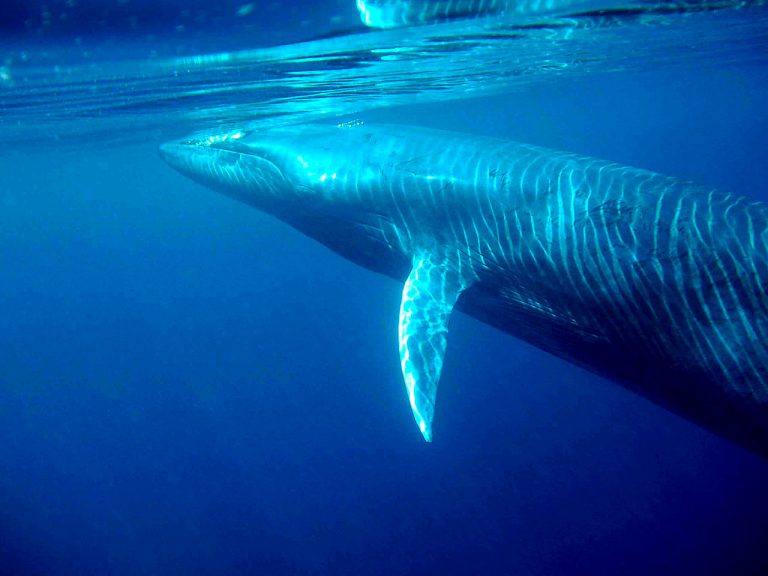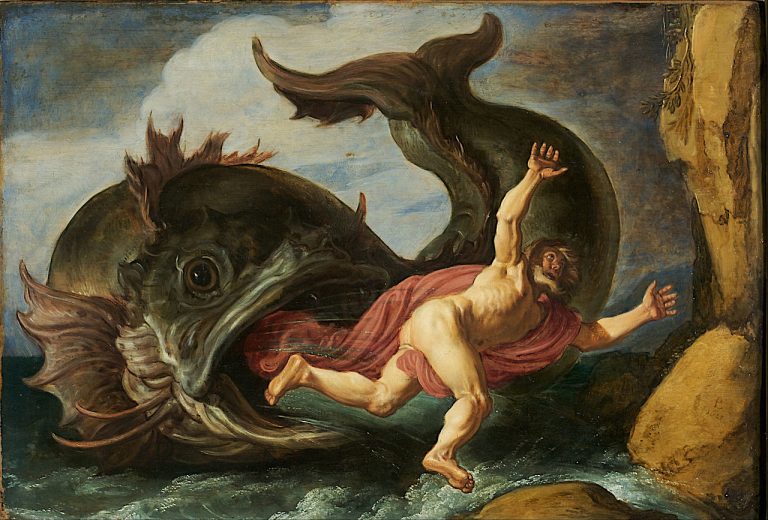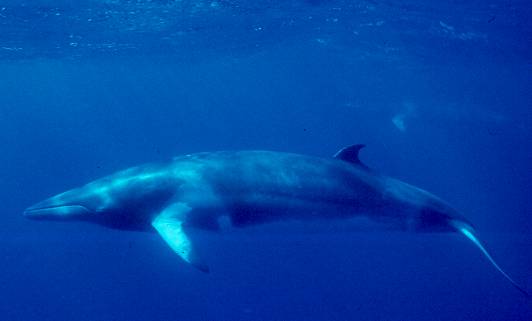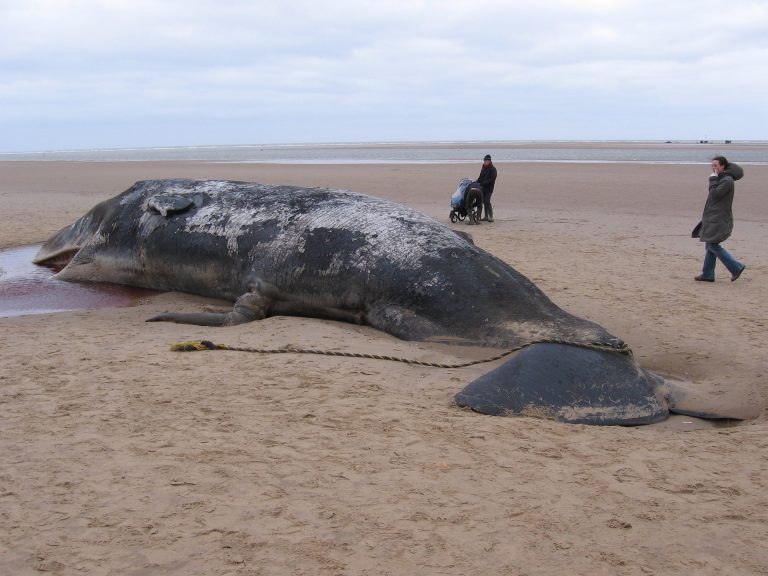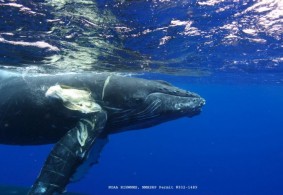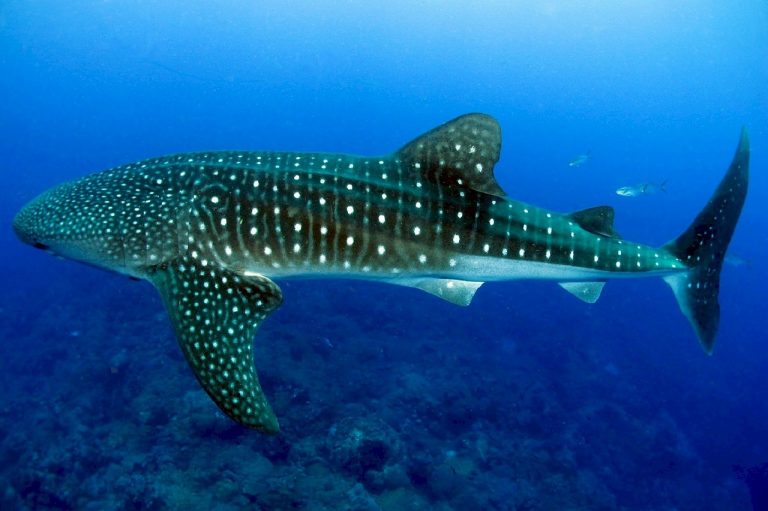Surprising Facts About Whale Ancestors
Apparently whale ancestors were nothing like the gentle giants we know today.

It may come as a surprise to know that millions of years back, whales looked next to nothing like what we know them to be today.
For one thing, they were unbelievably much smaller than their modern descendants. In addition, they had very sharp, formidable teeth unlike the whales we know today.
Below are some surprising facts about whale ancestors you probably didn’t know.
1) Whale Ancestors Were Unbelievably Small
Today, everyone knows that whales are the largest creatures on the face of the planet. In fact one species, the blue whale is about the same size as a jumbo jet.
But it turns out whale ancestors typically measured just about 3 meters (9.8 feet) long. That’s a far cry from the whopping 32 meters (105 feet) length of the blue whale or even other “smaller” modern whales.
Also, one of the “missing links” in whale ancestry includes a tiny, deer-like animal that lived on both land and water known as the Indohyus.
2) They Had Teeth: Very Sharp Teeth
Unlike other mammals, baleen whales today have no teeth despite their formidable size. Rather, they filter out vast amounts of small prey from the seawater they gulp into their mouth cavity. These “filters” are called baleen and are actually comb-like keratin plates that dangle from the roof of their mouths.
However, ancient whales certainly had teeth. As a matter of fact, scientists now believe that whale ancestors had teeth as sharp as those of today’s lions. Ancient whales therefore used their teeth to pierce, cut and slice prey rather than filter them from water like we see today.
It’s obvious then that whale ancestors weren’t gentle giants but they were predators though much smaller in size than whales as we know them today.
Ancient whales had more formidable bite than their more gentle descendants.
3) Whale Ancestors Walked On Land
Some of the earliest whale ancestors, for instance the Pakicetus, were land animals. Pakicetus and others of its kind had long skulls and large, sharp carnivorous teeth. No doubt, they looked nothing like whales at all.
However, a couple of little details ties them to whales; their skulls and especially the ear region strongly resembles those of today’s whales. Actually, no other mammals have that kind of ear structure.
4) Hippos Are The Closest Living Relatives To Whales
Another surprising fact about whale evolution is that the hippopotamus is the closest living relative of whales. Although they are not ancestors of whales.
Hippos, like whales, are large and aquatic, but both groups evolved separately many millions of years ago.
5) They Gradually Evolved From Predators To Filter-feeders
It appears at some point, whales began to suck in prey rather than bite. For example, one whale ancestor, the Coronodon, was a suction-feeder with a broad snout and small mouth. This would help to maximize the suction force.
With time, this continuous sucking rather than biting would have led to a gradual reduction of their teeth leaving behind thick, horny gums in their mouths. As prey became more abundant but smaller in size, these gums would become longer and more complex.
Thus the formation of baleen plates in filter-feeders as we know them today.
Ultimately, the horny gums became longer and plate-like, giving rise to baleen and our familiar, filter-feeding gentle giants of today.

